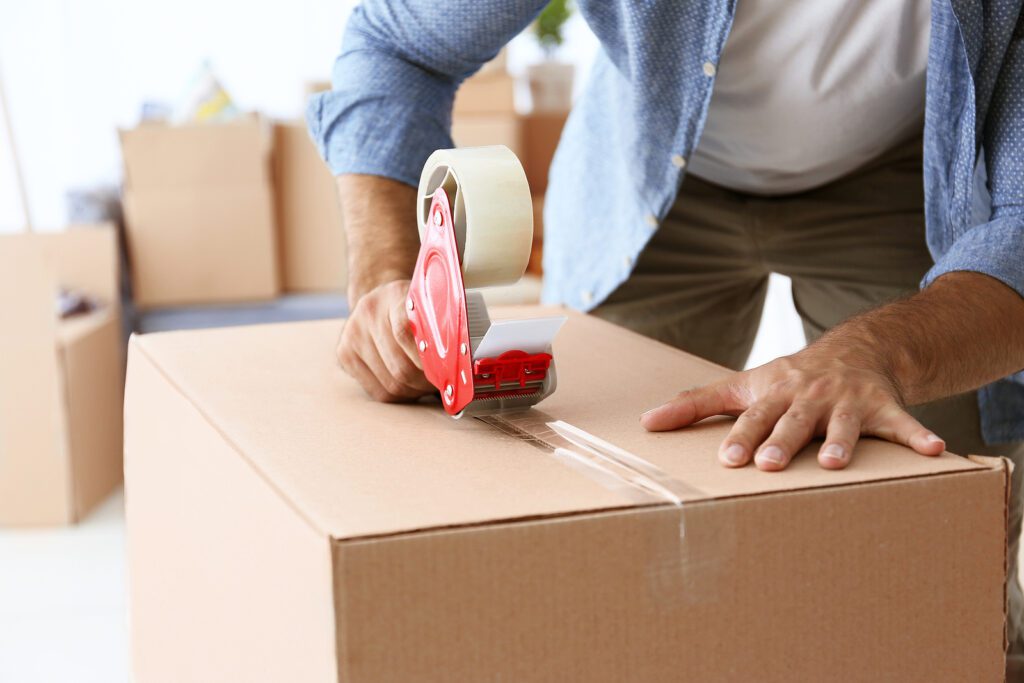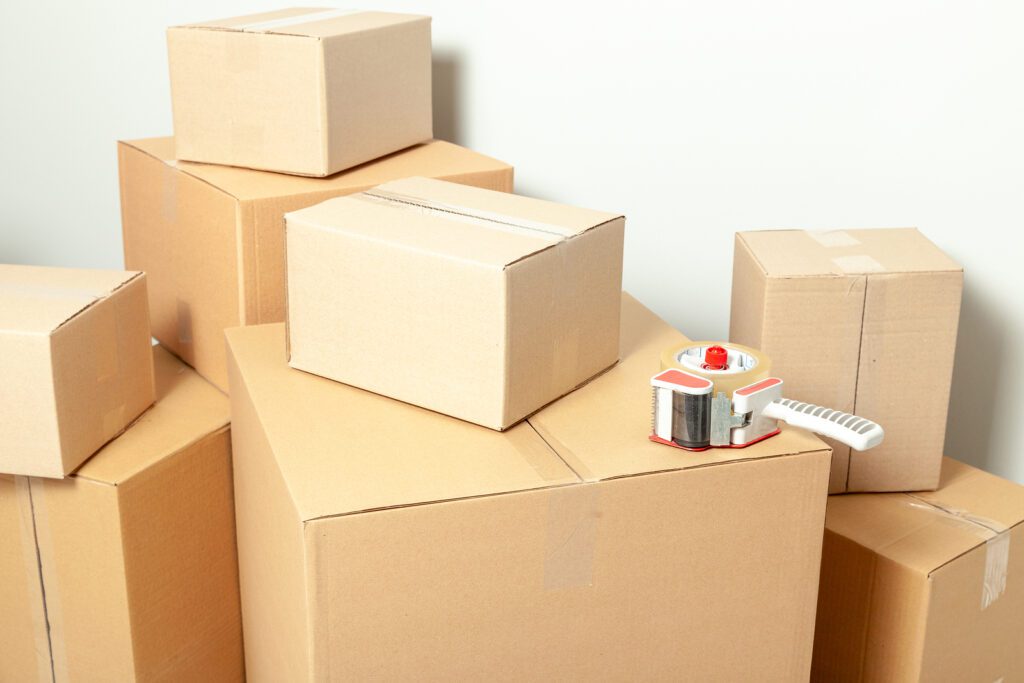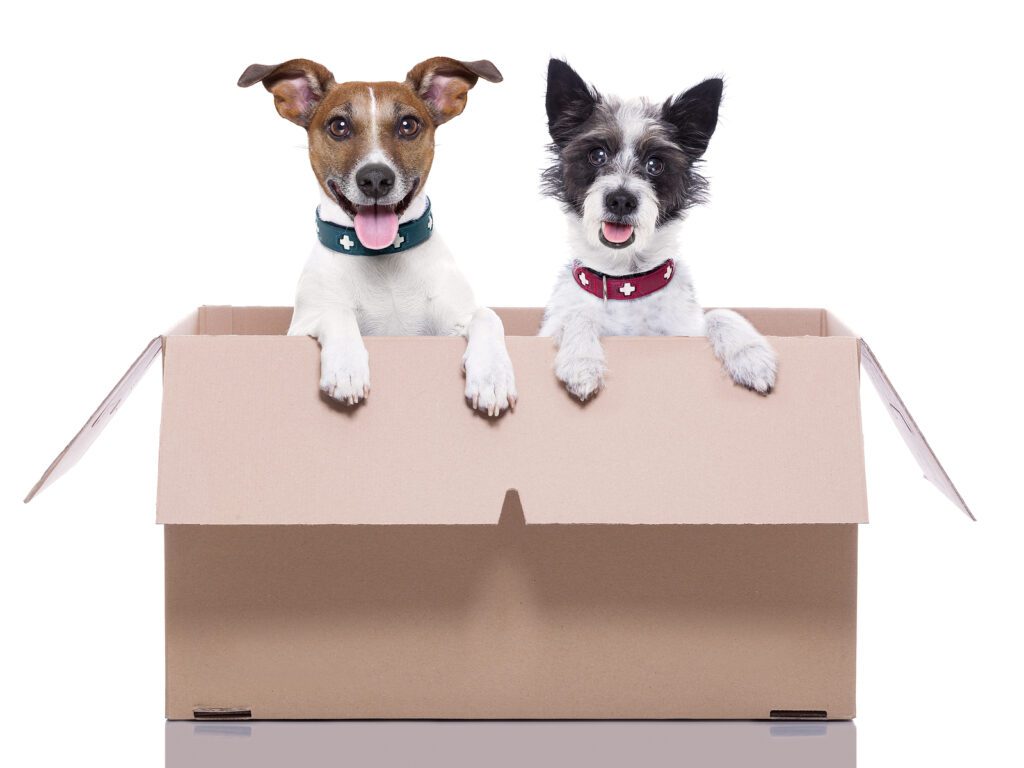Downsizing? 8 Pack Day Strategies to Ease a Senior’s Stress

Downsizing? You’re about to learn 8 pack day strategies to ease a senior’s stress and still be productive. Pack days can be stressful in a downsizing move.
One of the things I’ve heard most from clients over the years is that they feel overwhelmed with the number of details a well-planned move requires. They also worry that, once packed, they won’t see their beloved items again.
So, whether you’re a professional packer, a client, or a family member, here are 8-pack day strategies that can help ease their overwhelm and stress.

Setting Expectations
When seniors feel overwhelmed, it’s usually a signal that they feel out of control in their environment. After all, our home is our sanctuary. When it’s suddenly overrun with a gaggle of packers, it can add to their stress.
It helps if they’re informed of what to expect from the downsizing process and the part they play in it. Setting clear expectations before pack day gives them a game plan to work from.
For instance, let them know what areas will be targeted first. It’s helpful for the packing team to start with areas a client isn’t using first thing in the morning. Rooms like the master bedroom, bath, or kitchen can be tackled later in the morning to give clients more time to rise and shine.
Knowing what to expect and why you prioritize certain areas also helps them feel part of the process.

Make Comfort a Priority During Downsizing
It’s one thing to focus on getting the pack job done quickly and efficiently and another to be in a home where your comfort and safety are a priority.
Do your clients or family members have a safe place to rest? Is your team making sure to watch for potential trip hazards? Are the clients being gently urged to hydrate and eat regular meals? Is your team keeping a close eye on them for changes in behavior that might indicate high stress levels that need to be addressed? Do you regularly update your client as to progress and timing?
These question examples help you focus on the senior’s well-being while still doing your job packing their precious items.
Before you leave for the day, be sure your clients have everything they need to be safe and comfortable until move day.

Limit Packing Supplies Inside the Home
One of the most treacherous tripping hazards for senior clients is packing materials left in high-traffic areas in the home. Stacks of boxes, paper, or other packing materials also create visual overwhelm and a sense of chaos.
Stage most of your packing materials in your supply van or an open space like a garage or covered patio where the client is least likely to trip over them. Only bring small groups of supplies to your interior designated pack station areas that you need for immediate use. Whenever possible, these stations should preferably be outside the main thoroughfares that the seniors use to move through the home.

Designate a Staging Area for Packed Boxes
When a box has been packed, it needs to go somewhere where it can be easily and quickly accessed by movers on move day for loading. Select a few primary box staging areas in the less-used rooms, like spare bedrooms, formal dining areas, or garages.
Keep packed boxes to a minimum in a master bedroom, kitchen, or other important room that a client will need access to the night before a move. Never store packed boxes in a bathroom or other small space. The focus should always be on finding ways to minimize inconveniences to the client.

Stacking Boxes
One of the ways movers, clients, and downsizing specialists can get hurt is when boxes are stacked too tall, especially if the boxes are heavy. They have the potential to fall and cause serious injury.
For this reason, never stack boxes higher than chest height. That means 4 to 5 small boxes, 3 to 4 medium boxes, or 2 large boxes. Ensure the clients understand that placing additional items on stacked boxes is a safety risk.
Always stack fragile packed items on the top of any stack to prevent crushing. It’s important to label fragile boxes clearly with fragile stickers, which are available at stores like U-Haul, Lowes, etc. This helps tell the mover where the box needs to be on the truck during loading.

Take a “Before” Photo of the Home
One of the important ways a downsizing specialist can help make a client feel at ease in their new home is to “mirror” or place furniture or personal items the same way it was in their old house.
It gives them a sense of continuity when they can immediately see familiar layouts as before.
To do this effectively, take photos of their primary interior room layouts before packing starts, especially for china cabinets, bookcases, curio cabinets, etc. It’s invaluable as a reference tool once you arrive at the client’s new home and start placing furniture, putting up photos, or restoring collectibles.
It’s always a nice touch to provide the printed photos to your client in a “thank you for your business” card or after the move in a branded portfolio as a keepsake.

Why Creating an Inventory Calms the Chaos
Have you ever moved to a new home and felt exasperated because you couldn’t find anything you needed that first night? Many people brush off an inventory because they think it wastes time. But I couldn’t disagree more.
Just keep it simple. I use a simple yellow, lined tablet with headers that include the box number, size of the box (S/M/L), the room it’s being delivered to, and a brief description of its contents.
You may ask, why not just write it on the box? Well, first, that’s a lot of info to write on a box and, second, it won’t help you locate the right box when you’re tired at the end of a long day.
Use a Consistent Label
That’s why in addition to an inventory, you need to label each box with the box number, the client’s last name, and the room it’s being delivered to.
When staging packed boxes, either at the old home or new home, always put the label in the top right corner of the longest side of each box. Then have the movers stack boxes with the label facing out so the inventory number is easily readable.
Include the Room It’s Being Delivered To
Adding the room it’s delivered to is important because the movers should be instructed to place them accordingly. Nothing’s more frustrating than transferring heavy boxes from a bedroom when it’s meant to be in a kitchen.
A label and inventory also make finding something easier when you know its destination, box size, and label number.
If possible, I type out the inventory at the end of the pack day. Then I provide it to them on move day for reference, even if I’m not unpacking them. It gives them a sense of relief and confidence when they can quickly and immediately identify and access, important items.

Make Sure Pets Are Kept Safe
Packing and moving day can be chaotic for any human being, but imagine what it’s like for pets. Doors are frequently left open. People are coming and going at a rapid pace. This kind of energy can be too much for a shy animal.
But, the last thing a client needs is to lose a pet during a stressful move.
Brainstorm solutions with your client about handling their pet’s safety during pack and move days. One solution is to place them in a contained area behind a closed door. Make a sign warning movers the room is off-limits. Utility rooms or bathrooms are good options. The best option? Have the pet to stay with a family member, or a “pet spa”.
Another suggestion is to keep pet items in the client’s car. Food bowls, leashes, pet beds, etc. should be where they can be quickly accessed at their new home.
Final Thoughts
Implementing a consistent pack day strategy that’s “client-comfort focused” will earn you rave reviews from happy clients. They’ll have you at the top of their list of referrals and your name on speed dial for their next move.
When people know you care about their experience, it gives them greater confidence that their overall move experience will be positive and successful.
For more information on how to reduce or cope with senior downsizing stress, check out this article by the Elder Care Alliance.
Deborah

PS – Interested in starting your own senior downsizing business or adding it to an existing service like home organizing, a Realtor service, or home staging? Check out my Introduction to Senior Downsizing as a Business online mini-course! For more course options go to www.thedownsizinginstitute.com
